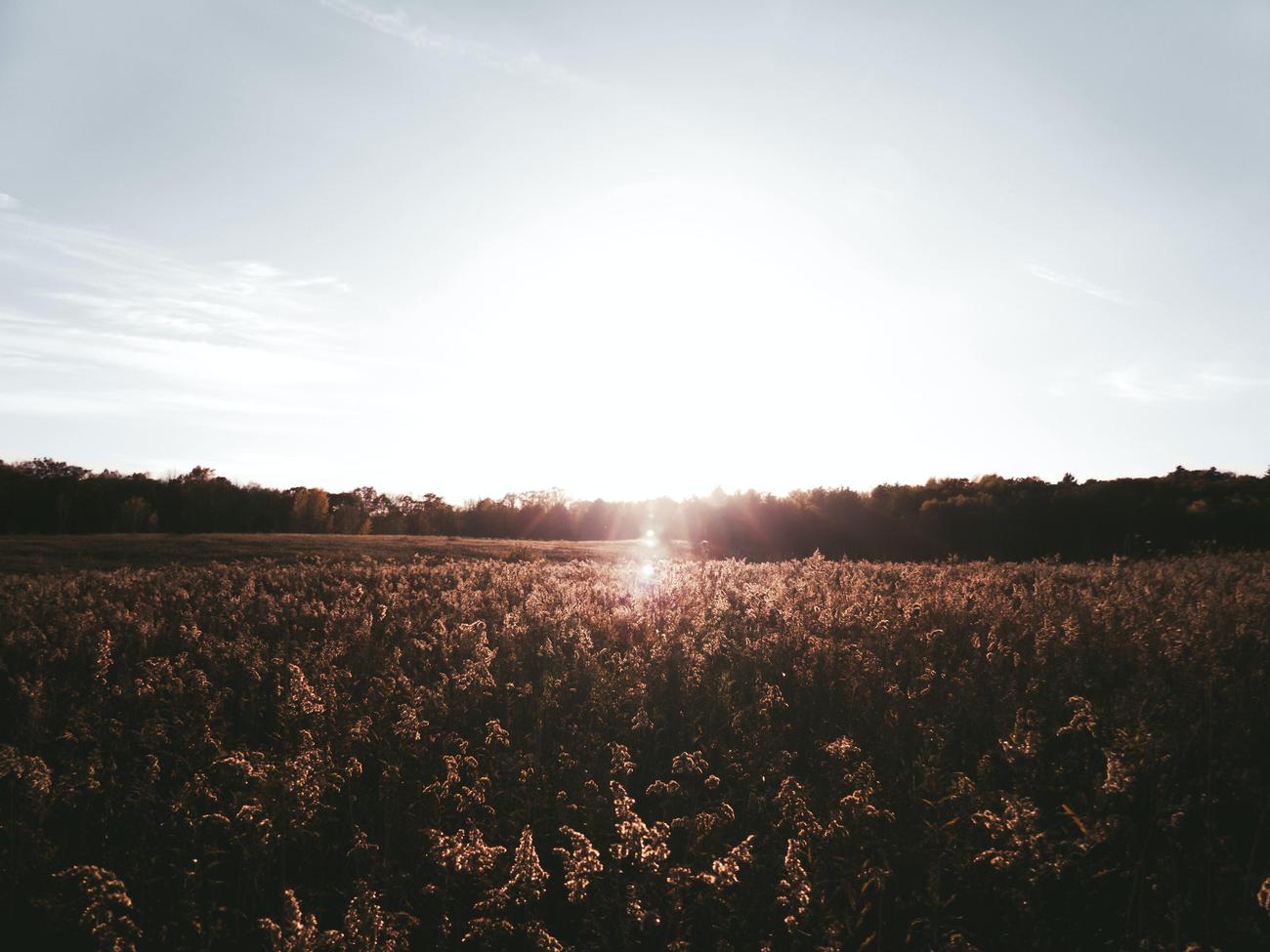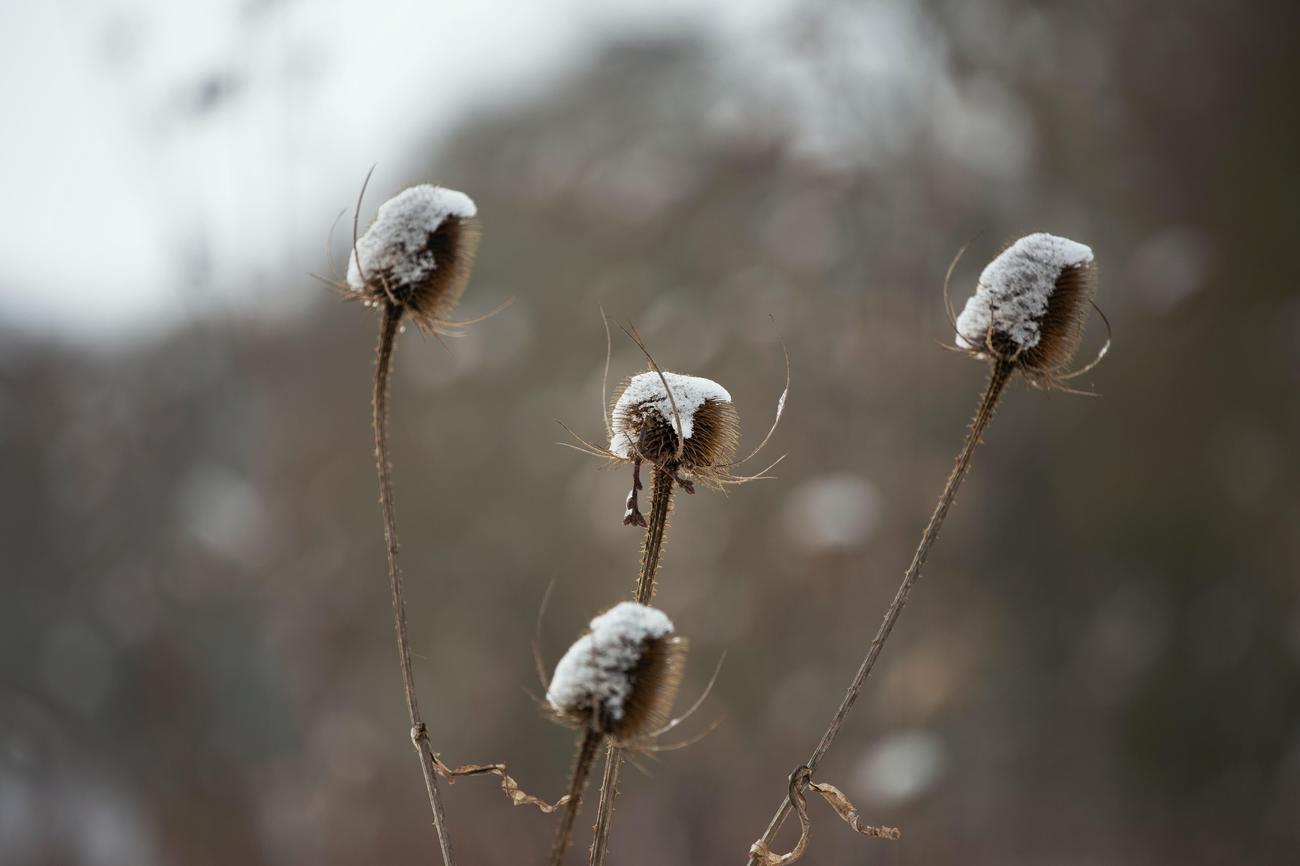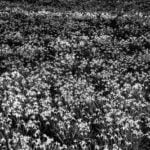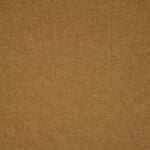Welcome to the world of cotton – a versatile crop that has been woven into the fabric of human civilization for centuries. In this article, we will delve into the fascinating realm of cotton and explore 25 intriguing facts that will leave you in awe of this humble fiber. From its historical significance to its economic impact and sustainable practices, we will unravel the secrets of cotton production and its profound influence on global markets. So, sit back, relax, and prepare to be captivated by the remarkable journey of this extraordinary crop.

25 Facts About Cotton
Cotton, the oldest known textile in the world, has a rich history that dates back to at least 3000 BC. With its economic importance and sustainability practices, it continues to be a fascinating crop. In this article, let’s unravel 25 intriguing facts about cotton that will enhance your understanding of this versatile plant.
1. Cotton’s Ancient Roots: It’s astounding to think that cotton has been around for over 8,000 years. The earliest evidence of cotton cultivation was found in Peru and dates back to 6000 BCE, making it one of humanity’s oldest crops.
2. Cotton’s Arabic Origins: Did you know that the word “cotton” has Arabic origins? The Arabic word “qutn” has evolved over time to become the term we use today.
3. The Rainbow of Cotton: Cotton isn’t just white! It can be grown in an array of colors, including off-white, brown, rust, and even light purple. This natural diversity adds a touch of uniqueness to the fabric.
4. A Sustainable Choice: Soil conservation is a crucial aspect of cotton cultivation. It’s heartening to know that measures have reduced soil loss by an impressive 68% in cotton farming, promoting sustainable practices.
5. A Drop in the Water Bucket: While water is a scarce resource, the water used to grow cotton accounts for only about 3% of the world’s agricultural water use. This shows that cotton is not as water-intensive as some might think.
6. Cotton’s Climate Impact: Cotton has a neutral greenhouse gas footprint, meaning its production neither contributes to nor reduces greenhouse gas emissions. By choosing cotton, we can make an environmentally-conscious choice.
7. Pesticide Reduction in the U.S.: Over the last 25 years, the United States has witnessed a commendable 50% reduction in pesticide applications for cotton. This reduction is a significant step towards a more sustainable and eco-friendly cotton industry.
8. Fully Biodegradable and Compostable: Are you tired of synthetic fabrics filling up landfills? Well, cotton has a solution. It is 100% biodegradable and compostable. So, feel free to go green with your cotton clothing choices!
9. Cotton, the Natural Wonder: Unlike synthetic fabrics, cotton is completely natural. It is derived from the cotton plant’s fibers, making it a prime choice for those who prioritize natural materials.
10. Wet and Durable: Cotton possesses a unique quality of becoming stronger when wet, setting it apart from other cellulose fibers. So, don’t hesitate to wear cotton in the rain; it’s built to handle it!
11. The Cotton Family Tree: The world of cotton boasts an impressive 50 species of natural cotton plants. However, when it comes to fiber production, only four species are utilized, showcasing the selectiveness of the cotton industry.
12. Upland Cotton Dominance: Out of the various cotton plants grown worldwide, the majority are of the upland cotton variety. This high-yielding and versatile variety plays a crucial role in meeting global cotton demands.
13. Patience is a Virtue: Cotton plants require ample time to grow and flourish. With a growth period of over 200 days, it’s clear that patience is a virtue in the cotton industry.
14. The Cotton Kingdom: Known as the “king of fibers,” cotton holds a prominent position in the textile industry. Its softness, durability, and breathability have made it a favored choice for centuries.
15. Clearing the Cotton Gin Confusion: No, the cotton gin is not an alcoholic drink! It is a machine used for processing cotton, separating the fibers from the seeds. This invention revolutionized the cotton industry, increasing efficiency and productivity.
16. Waste Not, Want Not: In the cotton plant, every part is utilized. From the seeds that yield oil to the leftover plant material used as animal feed, cotton is a remarkably efficient crop that leaves little to waste.
17. Key Soft Commodity: Among soft commodities by value, cotton stands tall. It ranks among the top five, solidifying its position as a valuable and sought-after resource.
As we conclude this journey through the fascinating world of cotton, we have uncovered numerous intriguing facts. From its ancient origins to its sustainable practices, cotton continues to play a significant role in our lives. So, next time you wear a cotton garment, take a moment to appreciate the history and craftsmanship woven into its fibers.
“Cotton is not just a fabric, but a testament to human ingenuity and nature’s wonder.”
Cotton is one of the most fascinating and versatile fabrics in the world. Its softness, breathability, and ability to absorb moisture make it a top choice for clothing and textiles. But did you know that there is more to cotton than meets the eye? Click here to discover three surprising facts about cotton that will leave you amazed and wanting to learn more. So, what are you waiting for? Dive into the captivating world of cotton by clicking this link: 3 facts about cotton.
In the article “25 Facts About Cotton,” we delve into the fascinating world of this versatile plant. Did you know that cotton has been cultivated and woven for thousands of years? Discover more intriguing details about cotton’s rich history, its impact on the global economy, and its many uses. Explore a comprehensive understanding of cotton and uncover the secrets behind its softness, durability, and breathability. To learn more about fascinating facts about cotton, click here: fascinating facts about cotton. For intriguing details about cotton, click here: intriguing details about cotton. And for a comprehensive understanding of cotton, click here: comprehensive understanding of cotton. Let’s dive into the captivating journey of cotton together!
Why Cotton is Everywhere: The Invisible Biology Behind its Versatility
[youtube v=”tKLJ6KQAcjI”]
The Complexity of Cotton Fibers
Cotton, a soft and breathable material that has been around for centuries, possesses unique characteristics that make it incredibly versatile. Contrary to its softness, cotton fibers are surprisingly hard and flexible, thanks to their complex and almost invisible biology.
The Formation of Cotton Fibers
Cotton fibers are formed deep inside the cotton plant, wrapped around the surface of the grain like small water balloons. Each cotton strand consists of a single cell with multiple layers of cell walls. As the fiber grows, the primary cell wall hardens, promoting the fiber to elongate. The process continues for about 16 days until the fiber reaches its maximum length.
“These seemingly contradictory characteristics – hard yet flexible, soft yet resistant – stem from the complex, almost invisible biology of cotton fibers.”
Strengthening the Cell Wall
After the growth phase, the cotton fiber moves on to the next stage of development. It strengthens its cell wall by producing more cellulose carbohydrates. The cellulose content in the wall rapidly increases, ultimately accounting for 34% of the cell wall. This new growth reinforces the cell wall, leading to increased stiffness and limiting further growth.
“If the cell walls of cotton fibers restructure too early, the fibers will be shortened, creating a rough, less durable fabric. But if the cell wall is reinforced too late, the wall won’t be strong enough, leaving the fiber too weak and prone to rotting.”
The Importance of Fiber Length and Strength
Under ideal growing conditions, cotton fibers can reach lengths of up to 3.6 cm and are only 25 micrometers wide. Long and strong cotton fibers have the ability to entangle with each other, creating better bonds in fabrics. This ultimately leads to improved durability and strength in cotton-derived products.
“Long, strong cotton fibers can entangle each other better than short, weak fibers, meaning that these long, strong cotton fibers create stronger fibers, creating better bonds in the fabric.”
The Role of the Secondary Cell Wall Layer
The secondary cell wall layer is responsible for determining the strength of the cotton fiber. As a significant amount of cellulose is transferred to this layer, it thickens, accounting for 90% of the fiber weight. The tightness of the secondary cell walls plays a vital role in the fabric’s durability, especially after years of washing and wear.
“The durability of a fabric, after many years of washing and wear, depends largely on the tightness of the secondary cell walls.”
From Husk to Fiber
Upon full growth, the cotton thread emerges from the dried cotton husk, cracking open to reveal thousands of thin, threadlike fibers. These fibers, which are thinner than a human hair, are primarily composed of the thick, dry cellulose wall. Tens of thousands of these fibers are spun into yarn, which serves as the basis for a wide range of products, including textiles, coffee filters, diapers, and fishing nets.
“The threadlike fibers we see, thinner than a human hair, are what’s left of the thick, dry cellulose wall.”
The Future of Cotton
Continual research and advancements in science are paving the way for even softer, stronger, and more elastic cotton. Scientists are focusing on optimizing cotton growth based on factors such as nutritional conditions, climate, and genetics, ensuring that this versatile material remains at the forefront of various industries.
“With the help of modern science, cotton will soon become softer, stronger, and more elastic.”
By understanding the complex biology of cotton fibers, we gain a deeper appreciation for the remarkable properties that make cotton a staple material in countless products. From its ability to balance softness and strength to its incredible versatility, cotton continues to play an essential role in our everyday lives.

FAQ
Question 1: How long has cotton been cultivated and processed?
Answer 1: Cotton has been cultivated and processed since at least 3000BC, making it the oldest known textile.
Question 2: Where is the oldest found cotton dating back to?
Answer 2: The oldest found cotton dates back to 6000 BCE in Peru.
Question 3: What is the origin of the word “cotton”?
Answer 3: The word “cotton” has Arabic origins.
Question 4: What are the different colors in which cotton can be grown?
Answer 4: Cotton can be grown in different colors, including off white, brown, rust, and light purple.
Question 5: How has soil conservation improved in cotton cultivation?
Answer 5: Soil conservation has increased by reducing soil loss by 68% in cotton cultivation.
Question 6: How much water is used to grow cotton compared to global agriculture water use?
Answer 6: Water used to grow cotton accounts for only about 3% of the world’s agriculture water use.
Question 7: What is the greenhouse gas footprint of cotton?
Answer 7: Cotton has a neutral greenhouse gas footprint.
Question 8: How much pesticide application has reduced in the U.S. for cotton cultivation?
Answer 8: In the U.S., there has been a 50% reduction in pesticide applications over the last 25 years.
Question 9: Is cotton biodegradable and compostable?
Answer 9: Cotton is 100% biodegradable and compostable.
Question 10: Is cotton a natural fabric?
Answer 10: Cotton is a completely natural fabric.
Question 11: How does cotton’s strength compare to other cellulose fibers when wet?
Answer 11: Unlike other cellulose fibers, cotton gets stronger when wet.
Question 12: How many species of natural cotton exist, and how many are used for fiber production?
Answer 12: There are 50 species of natural cotton in the world, but only 4 species are used for fiber production.
Question 13: Which variety of cotton is most commonly grown?
Answer 13: Most cotton plants grown are of the upland cotton variety.
Question 14: How long does it take for cotton plants to grow?
Answer 14: Cotton plants need to grow for over 200 days.
Question 15: How long has cotton been around?
Answer 15: Cotton has been around for well over 8,000 years.
Question 16: How many different types of cotton are there?
Answer 16: There are four different types of cotton.
Question 17: Why is cotton considered the king of fibers?
Answer 17: Cotton is considered the king of fibers due to its versatility, durability, and widespread use.
Question 18: What is a cotton gin?
Answer 18: A cotton gin is not an alcoholic drink, but a machine for processing cotton.
Question 19: Can all parts of the cotton plant be utilized?
Answer 19: Yes, all parts of the cotton plant can be utilized.
Question 20: How does cotton compare to other soft commodities in terms of value?
Answer 20: Cotton is one of the top five soft commodities in terms of value.
- China II Review: Delicious Food & Speedy Service - April 17, 2025
- Understand Virginia’s Flag: History & Debate - April 17, 2025
- Explore Long Island’s Map: Unique Regions & Insights - April 17, 2025
















